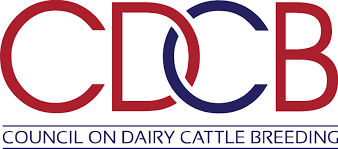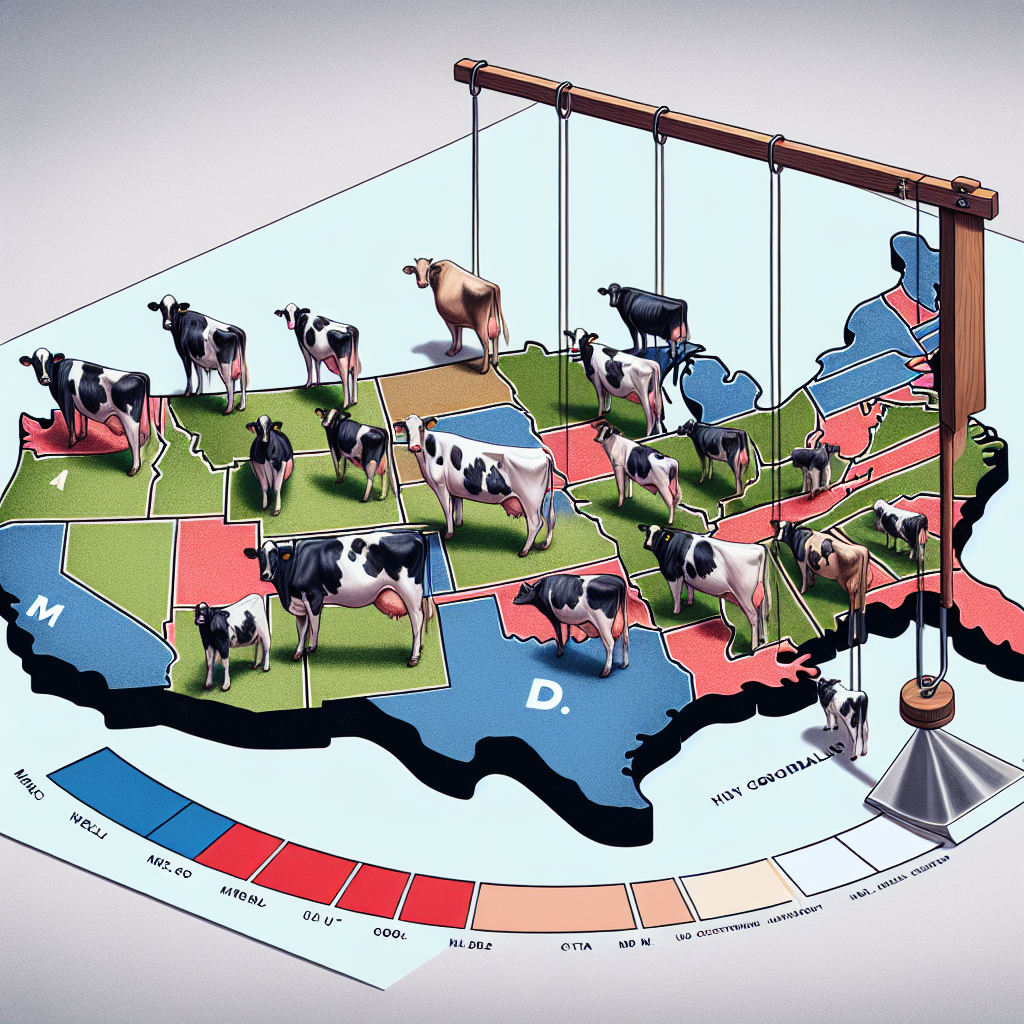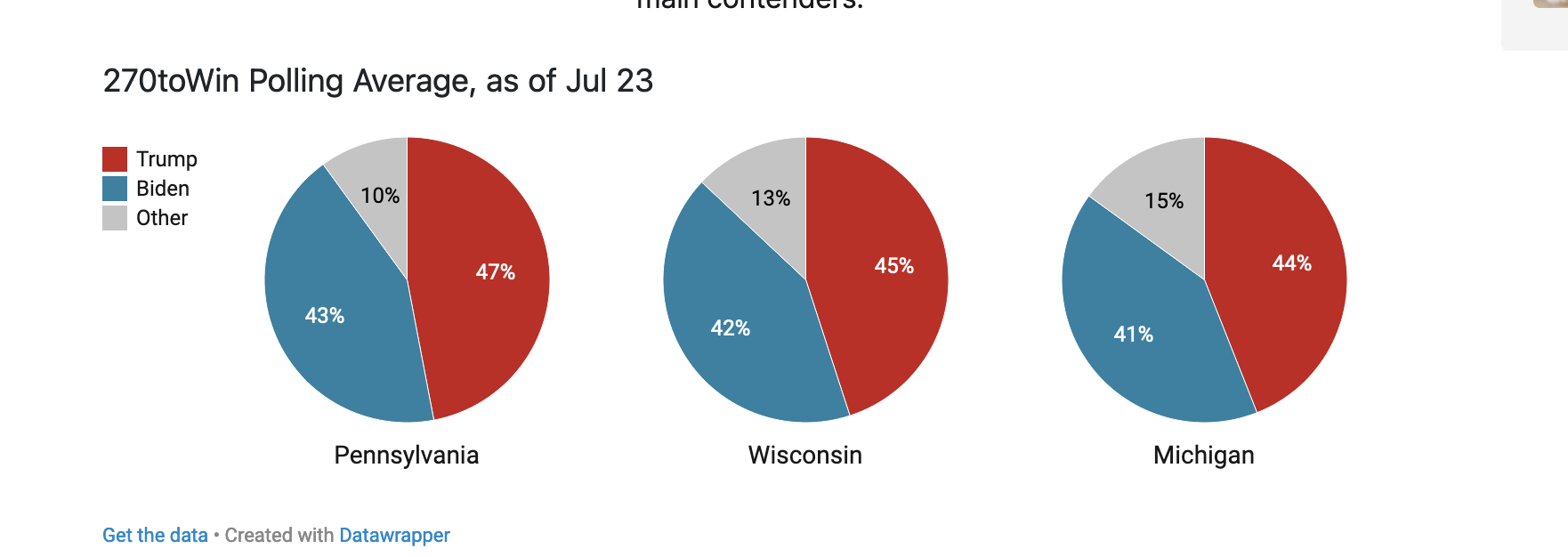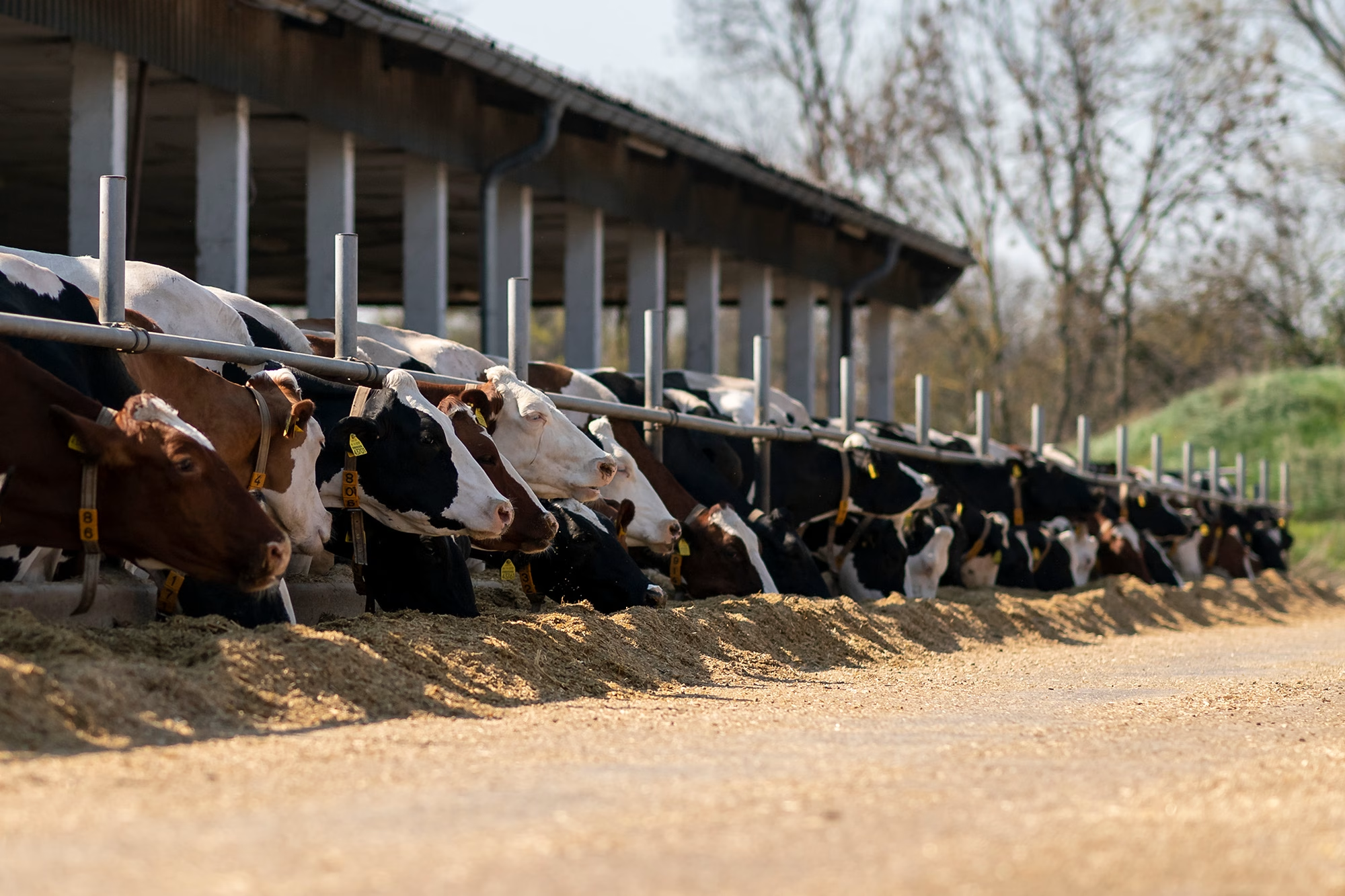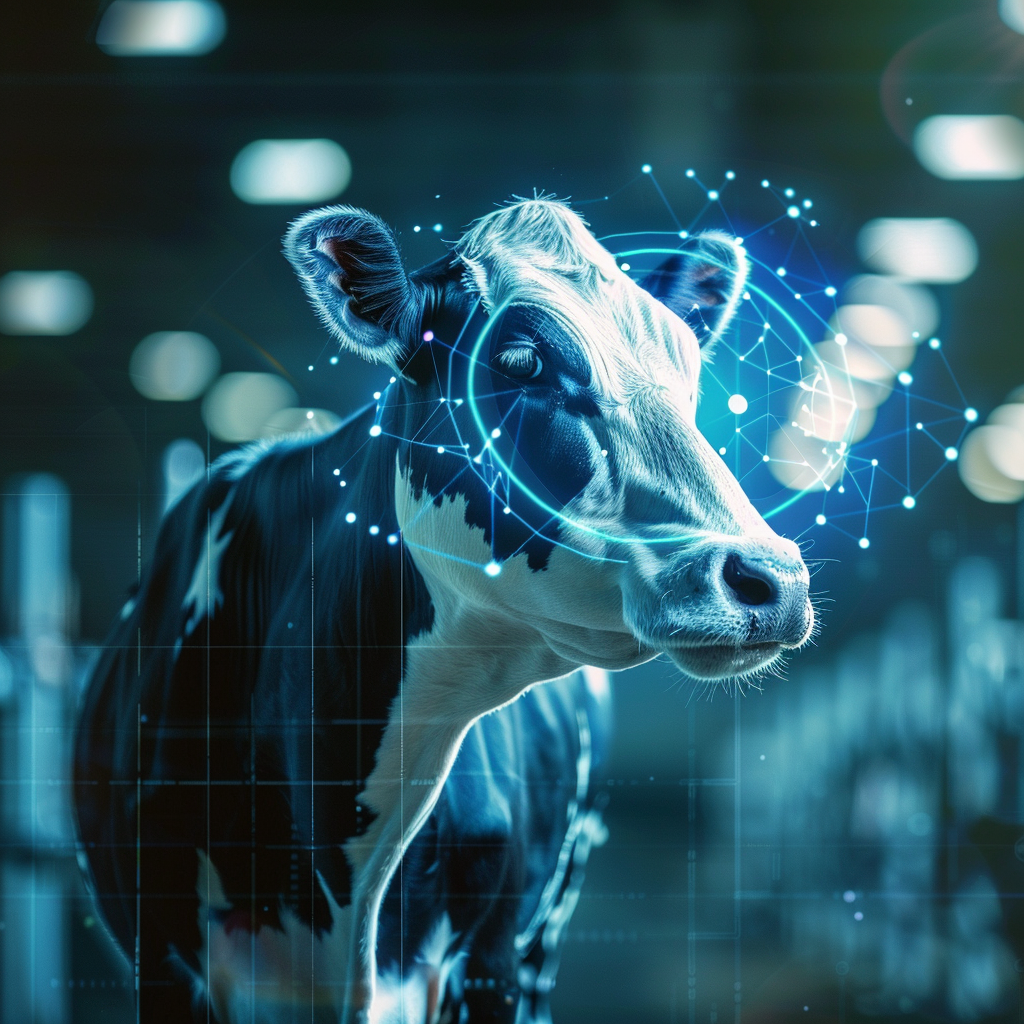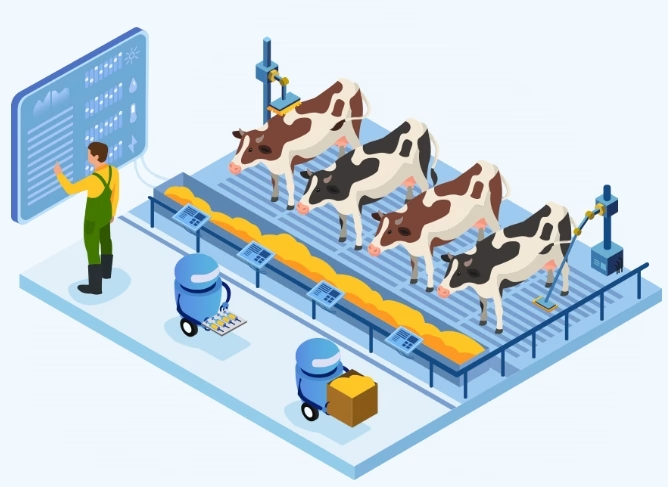Why do 90% of Americans miss out on dairy benefits? Learn how to overcome the common barriers. Are you getting enough dairy? Find out now.
Summary: Most Americans fall short of consuming the recommended daily amounts. Despite recognizing dairy’s health benefits, barriers like lack of awareness about lactose-free options, spoilage concerns, and “passive avoidance” hinder intake. Cheese, butter, milk, and yogurt are favorites due to taste and protein content. Education and outreach can bridge the dairy gap by highlighting lactose-free products and encouraging consistent intake. Dairy is rich in calcium and vitamin D, essential for bone health. 65% know about its immune-boosting and heart health benefits. However, many avoid dairy due to expiration concerns and lack of awareness about lactose-free milk. Nearly two in three Americans have never consumed lactose-free milk, which is problematic for lactose-sensitive groups like Latinos, Blacks, and Asian/Pacific Islanders. Raising awareness about lactose-free alternatives through social media and education is crucial. Farmers and professionals can engage communities through campaigns like MilkPEP’s “Milk Life” and the National Dairy Council’s programs.
- 90% of Americans do not meet the U.S. Dietary Guidelines for dairy consumption.
- Lack of awareness about lactose-free dairy products is a significant barrier to consumption.
- 19% of consumers avoid milk due to spoilage concerns.
- Cheese is the most frequently consumed dairy product, with 90% of respondents eating it weekly.
- Protein content and taste are the main drivers for purchasing dairy products.
- 65% of Americans are aware of dairy’s immune-boosting benefits.
- Education about lactose-free options and outreach efforts can bridge the dairy consumption gap.
- Latinos, Blacks, and Asian/Pacific Islanders report higher rates of lactose sensitivity and lower consumption of lactose-free products.
- Campaigns like MilkPEP’s “Milk Life” and National Dairy Council programs are practical community engagement tools.

Imagine this: 90% of Americans are losing out on the tremendous health advantages of dairy. Surprising, right? Why do so many individuals not get enough dairy in their diets? This number may leave dairy farmers perplexed. Dive in as we explore the hurdles and potential for increasing dairy consumption in today’s market.
Let’s break it down:
- Bone Health: Most people (90%) think dairy is excellent for our bones, and they are correct. Dairy products contain high levels of calcium and vitamin D, essential for bone health and the prevention of osteoporosis.
- Immune System: Surprisingly, 65% of individuals know about dairy’s immune-boosting benefits. Dairy products provide nutrients such as vitamins A and D and high-quality proteins, all contributing to a healthy immunological response.
- Heart Health: Here’s a shocking statistic: 54% of survey respondents believe dairy benefits your heart. Dairy products include vital nutrients such as potassium and magnesium, which assist in maintaining normal blood pressure and heart function.
With all these advantages, including dairy in your diet is a no-brainer. It may help your bones, immune system, and heart while providing a well-balanced intake of critical nutrients.
Barriers to Dairy Consumption
So, why aren’t more people consuming enough dairy? Let’s dig into the main reasons:
- Lack of Awareness About Lactose-Free Products: Many individuals are unaware of lactose-free choices. According to the IFIC poll, 64% of Americans had never had lactose-free milk. Latinos, Blacks, and Asian/Pacific Islanders have even greater rates of non-consumption, with more than 50% having never tried these goods.
- Concerns About Expiration Dates: Another vital obstacle is product spoiling. Around 19% of customers avoid milk because they are concerned it will spoil before using it. This anxiety causes hesitation and decreased intake.
- Passive Avoidance: Interestingly, 37% of respondents said they have no particular reason for lowering their dairy consumption. This “passive avoidance” indicates a lack of participation or understanding of the advantages of dairy products.
Addressing these hurdles via education and outreach may significantly increase dairy consumption. Highlighting the advantages and promoting lactose-free options might transform the market.
If You’re One of Many Who Think Lactose Sensitivity Means Saying Goodbye to Dairy, Think Again!
If you’re among many who believe lactose sensitivity implies you can’t eat dairy, think again! Lactose-free dairy products allow you to enjoy all of the advantages of milk, cheese, and yogurt without the unpleasant symptoms. But first, let’s define lactose-free dairy.
Lactose-Free Dairy 101
Lactose-free dairy products are created by directly incorporating lactase, an enzyme that breaks down lactose, into milk. This mechanism neutralizes lactose and makes it simpler to digest. You get the same flavor and nutritional advantages as traditional dairy without the intestinal issues.
- Same Nutrients: You’ll still get essential nutrients like calcium, vitamin D, and protein.
- Variety: There’s something for everyone, from lactose-free milk and cheese to yogurt and ice cream.
- Accessibility: Available in most grocery stores alongside regular dairy products.
Why Aren’t More People Choosing Lactose-Free?
Despite these benefits, the recent IFIC survey uncovered a startling gap in awareness.
- Nearly two in three Americans (64%) have never consumed lactose-free milk
- An even higher percentage have never tried lactose-free flavored milk (76%) or other lactose-free products (68%)
This is particularly problematic for the populations with a greater incidence of lactose sensitivity: Latinos, Blacks, and Asian/Pacific Islanders. More than half of these people had never tried lactose-free goods.
Closing the Gap
Imagine boosting dairy consumption simply by informing people about lactose-free alternatives! Our objective should be to raise awareness about the availability and advantages of these goods. Every effort counts, whether organizing a local event or spreading information on social media. The aim is to make lactose-free dairy more widely available so everyone can benefit.
So, why not try lactose-free milk? Your body and taste senses will appreciate you.
Overcoming Expiration Concerns
Are you scared that your dairy products may deteriorate before you can utilize them? You are not alone. Spoilage is a significant problem, but numerous methods exist to address it and keep your dairy fresh.
- Refrigerate Properly: To minimize continuous temperature swings, always keep milk, yogurt, and cheese in the back of the fridge where it is most relaxed, away from the door.
- Smart Portioning: Consider purchasing smaller quantities if you can’t finish bigger containers before they expire. This may help prevent waste while ensuring you always have fresh dairy.
- Freezing: If you purchase bulk, freezing milk and cheese may considerably increase their shelf life. Just remember to keep them in sealed, freezer-safe containers.
- Check Packaging: Modern packaging methods, such as vacuum-sealed bags and Tetra Pak containers, help dairy products last longer by minimizing their exposure to air and light.
- Labeling: Always check the expiration dates when purchasing items and utilize older ones first. Examining the “sell by” and “use by” dates to determine freshness.
With these simple methods plus current innovations in packaging and refrigeration, you can keep your dairy fresh for an extended period. Enjoy your milk, cheese, and yogurt without concern!
Breaking the Cycle of Passive Avoidance: Simple and Tasty Ways to Make Dairy a Daily Habit
Passive avoidance is more widespread than you may realize and sneakily influences your dairy intake. This occurs when there is no stated cause for decreasing dairy consumption; it just happens. Perhaps dairy isn’t at the top of your meal planning list, or you forget to have it on hand. Let’s break the cycle. Incorporating dairy into your routine does not have to be complicated; it can be relatively easy and pleasant!
Here are some effortless ways to add dairy to your daily diet:
- Start with breakfast: Swap your usual toast for a yogurt parfait. Layer Greek yogurt with your favorite fruits and a sprinkle of granola.
- Snack thoughtful: Keep cheese sticks or yogurt cups in your fridge for an easy grab-and-go snack.
- Lunchtime boost: Add a slice of cheese to your sandwich or toss some shredded cheese into your salad.
- For an afternoon pick-me-up, Enjoy a glass of milk or a smoothie. Blend milk, a banana, and a handful of berries for a nutrient-packed drink.
- Dinner delight: Incorporate dairy into your dinner by sprinkling cheese over your baked potato or mixing it into your pasta sauce.
Need some meal inspiration? Here are a few easy-to-make dairy-rich meals and snacks:
- Mac and cheese: A classic comfort food that’s also a great way to ensure you get enough dairy.
- Cottage cheese with fruit: Mix cottage cheese with fresh pineapple or peaches for a delicious, protein-packed snack.
- Chocolate milk: This isn’t just for kids! Indulge in a glass of chocolate milk post-workout for a quick protein fix.
- Pancakes or waffles: Use milk in your batter for fluffier results, and top with a dollop of Greek yogurt.
- Baked goods: Incorporate milk or yogurt into your muffins, bread, or cakes for added calcium and a moist texture.
These modifications will help you overcome passive avoidance and quickly introduce dairy into your routine. Your bones, immune system, and heart will thank you.
Taste and Protein: The Dynamic Duo Driving Dairy Consumption
Did you know that the most common reasons consumers choose dairy products are flavor and protein content? What tastes better than a creamy cheese or a glass of cold milk? But it’s not simply the taste that draws people in; it’s also about nourishing their bodies.
According to a recent survey, almost half of Americans (48%) consciously try to increase their protein intake. That’s a big deal! Dairy plays a crucial role in this effort. Here’s a quick look at how dairy stacks up:
- Yogurt: 48% of yogurt lovers choose it for the protein.
- Milk: 45% of milk drinkers appreciate its protein punch.
- Cheese: 39% of cheese aficionados value its protein content.
So, whether you’re eating a thick Greek yogurt or a slice of cheddar, you’re not only indulging in a delicious pleasure but also making a good decision. “I had no idea how much protein I lacked until I began integrating more dairy into my diet. I feel more invigorated and fulfilled throughout the day,” says Jessica, a cheese lover from Ohio.
The numbers are evident, but human tales bring it home. So, the next time you go grocery shopping, remember that dairy is delicious and high in protein.
Why Cheese, Butter, Milk, and Yogurt Deserve a Spot in Your Daily Diet
Cheese: Cheese, the king of dairy products, takes the top spot, with 90% of respondents liking it every week. It is adaptable and easy to integrate into your everyday meals. Try a traditional cheese and fruit combo for a classy snack, or add some shredded cheese to your salads for added taste. If you want to make your sandwiches more gourmet, add a piece of brie or gouda. Not only does cheese increase your protein intake, but it also improves the flavor of many recipes.
Butter: An impressive 85% of individuals eat butter every week, demonstrating its need in most kitchens. Beyond the apparent application on toast, butter may improve the taste of baked items, sautéed veggies, and even sauces. Have you ever made compound butter by combining it with herbs and spices? It may be a simple method to flavor meat, seafood, or even fresh bread.
Milk: Around 75% of responders consume milk once a week. Many rely on it for breakfast, coffee, or a refreshing drink of water. If you’re concerned about spoiling, try purchasing in smaller amounts, or look into lactose-free products if you or your family members are sensitive. Milk may also produce creamy soups, homemade yogurt, and wonderful milk-based sweets such as pudding or flan.
Yogurt: With 60% of people consuming yogurt weekly, it’s evident that this dairy product has a devoted following. But did you realize that yogurt isn’t only for breakfast? It may be used as a nutritious smoothie foundation, a tangy topping for spicy foods, or a replacement for sour cream in dips and sauces. Yogurt is a good source of probiotics and protein, making it easy to maintain a healthy diet.
Education: The Key to Closing the Dairy Consumption Gap
Education is the key to closing the gap between recognizing dairy’s advantages and actual usage. Many individuals are unaware of the beneficial effects that dairy may have on their health. So, how can dairy farmers and industry professionals interact with their communities and make a difference?
- Media Campaigns: Share captivating tales, recipes, and infographics on the advantages of dairy via social media, local newspapers, and even radio advertisements. Highlight professional perspectives and real-life testimonies.
- Healthcare Partnerships: Disseminate the message with local physicians, nutritionists, and pediatricians. Organize workshops and seminars for healthcare experts to explain the benefits of dairy. Set up leaflets or information booths at clinics and hospitals.
- Community Events: Organize or support local events, including fairs, farmers’ markets, and school festivities. Offer complimentary samples, culinary demonstrations, and informational workshops. Interactive events such as ‘Meet the Farmer’ days may primarily involve families.
Take a leaf from programs like MilkPEP’s “Milk Life” campaign, which raised awareness about milk’s protein content. Another example is the National Dairy Council’s outreach programs focus on community engagement and education.
Implementing these measures will increase dairy consumption while creating a more knowledgeable and health-conscious community. The work you put into education now may result in healthier generations later.
The Bottom Line
We’ve identified three significant impediments that hinder Americans from fulfilling their dairy requirements. Lactose intolerance, anxiety about expiry dates, and passive avoidance are all normal but surmountable hurdles. You’ve seen how vital flavor and protein content are motivators and the widespread appeal of cheese, butter, milk, and yogurt.
Increasing your dairy intake is more than simply checking a box; it also benefits your bone, immune system, and heart health. With so many advantages at risk, it is necessary to adopt a proactive stance.
So what can you do? If you have lactose intolerance, start by looking into lactose-free alternatives. Experiment with several dairy products to determine your preferences. Most importantly, I want to share my understanding of dairy and its advantages with others. Your support might be all someone needs to make dairy a regular habit.
The bottom line is to embrace the wide dairy world and allow its advantages to improve your health and well-being.










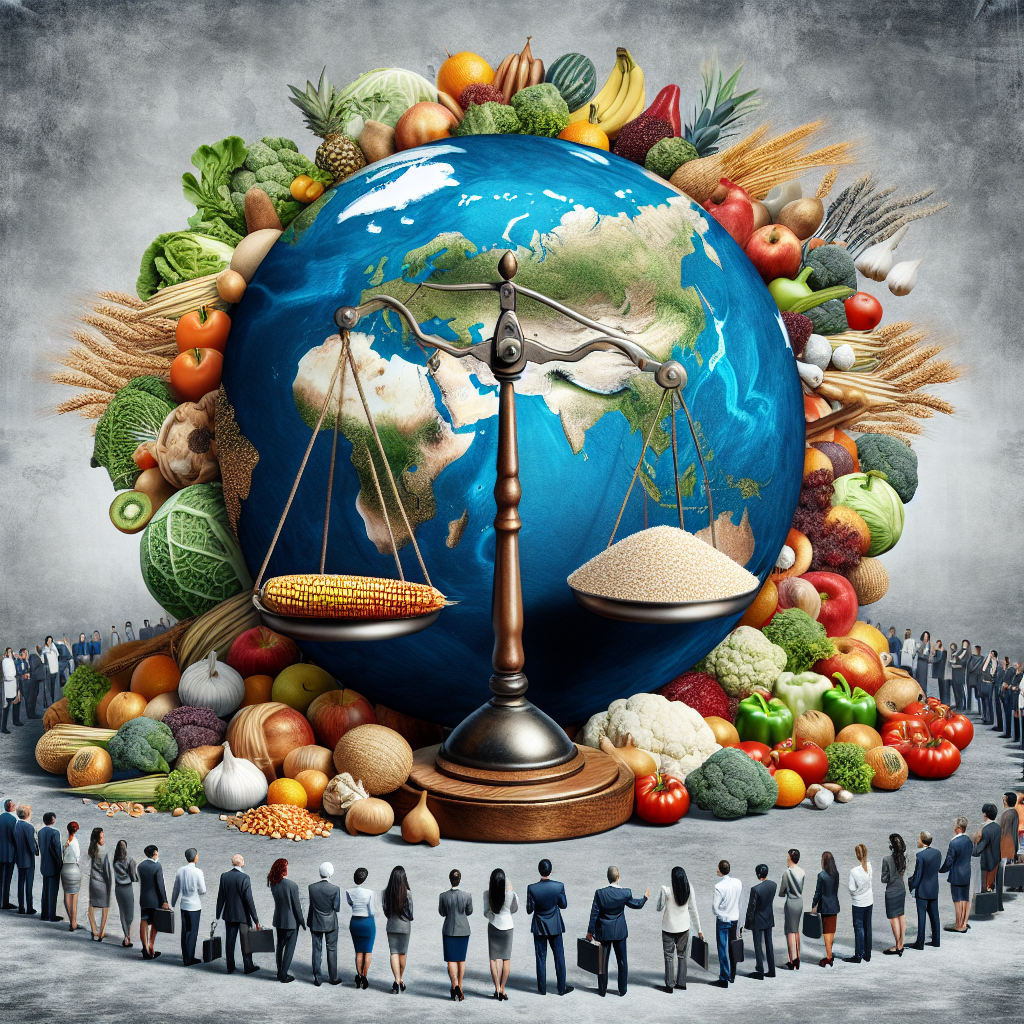
 Understanding the effects of the July Dairy Price Index (DPI) adjustment is critical for dairy producers. The DPI fell to 127.7 points, a slight 0.1% decline from June. While this shift may not seem substantial initially, the underlying reasons reveal a more complex picture. This change gives vital market information that may help you make intelligent business choices.
Understanding the effects of the July Dairy Price Index (DPI) adjustment is critical for dairy producers. The DPI fell to 127.7 points, a slight 0.1% decline from June. While this shift may not seem substantial initially, the underlying reasons reveal a more complex picture. This change gives vital market information that may help you make intelligent business choices.


